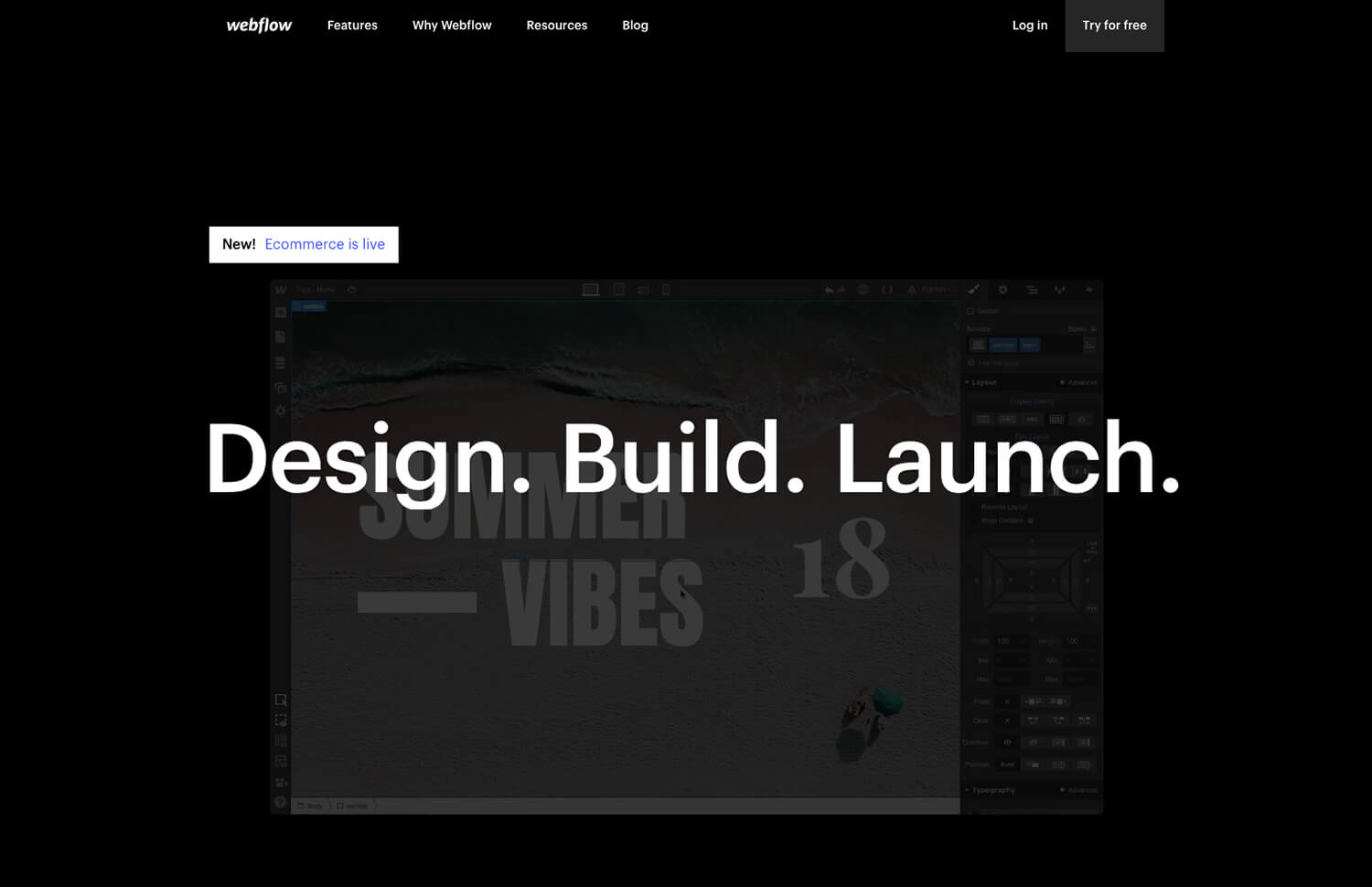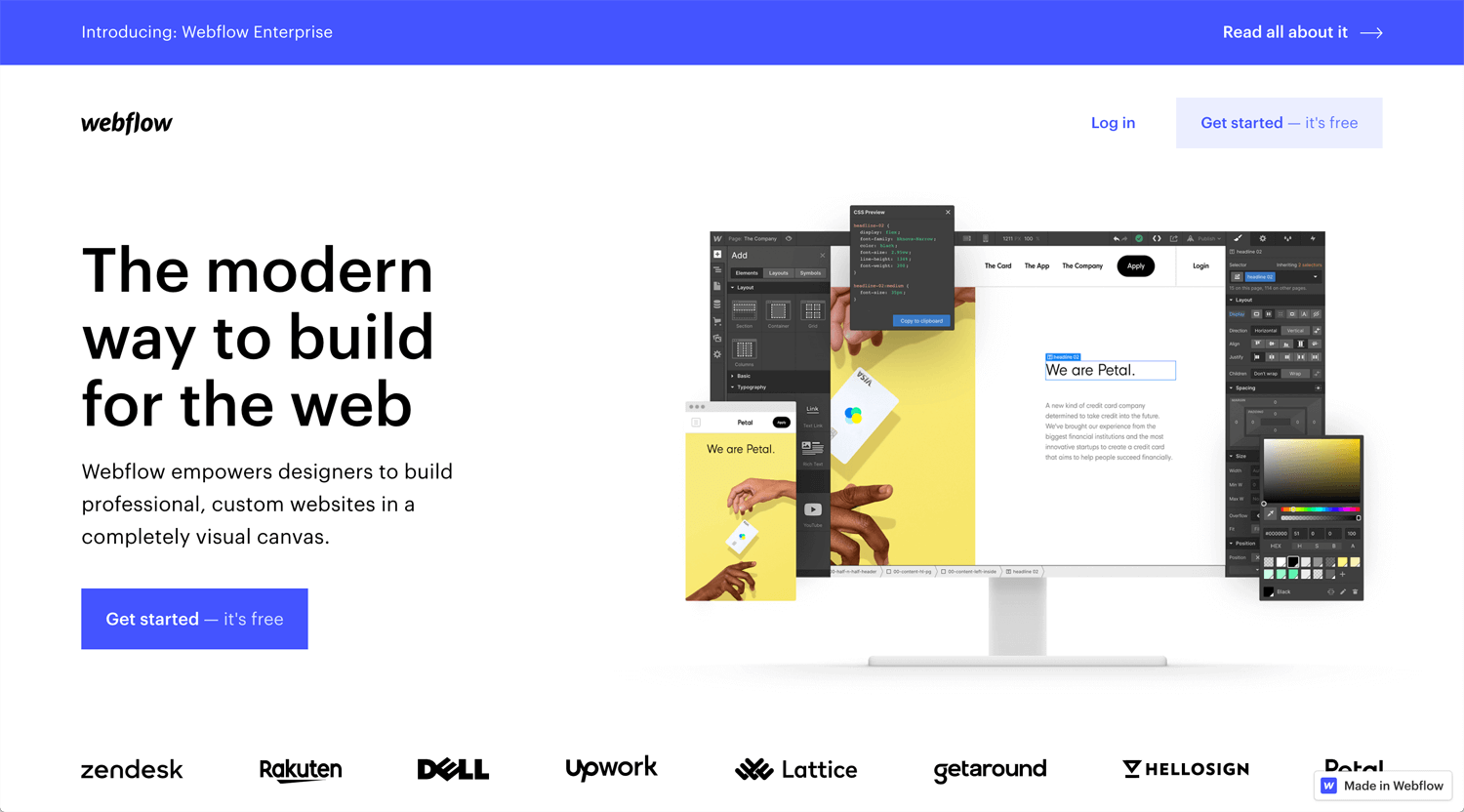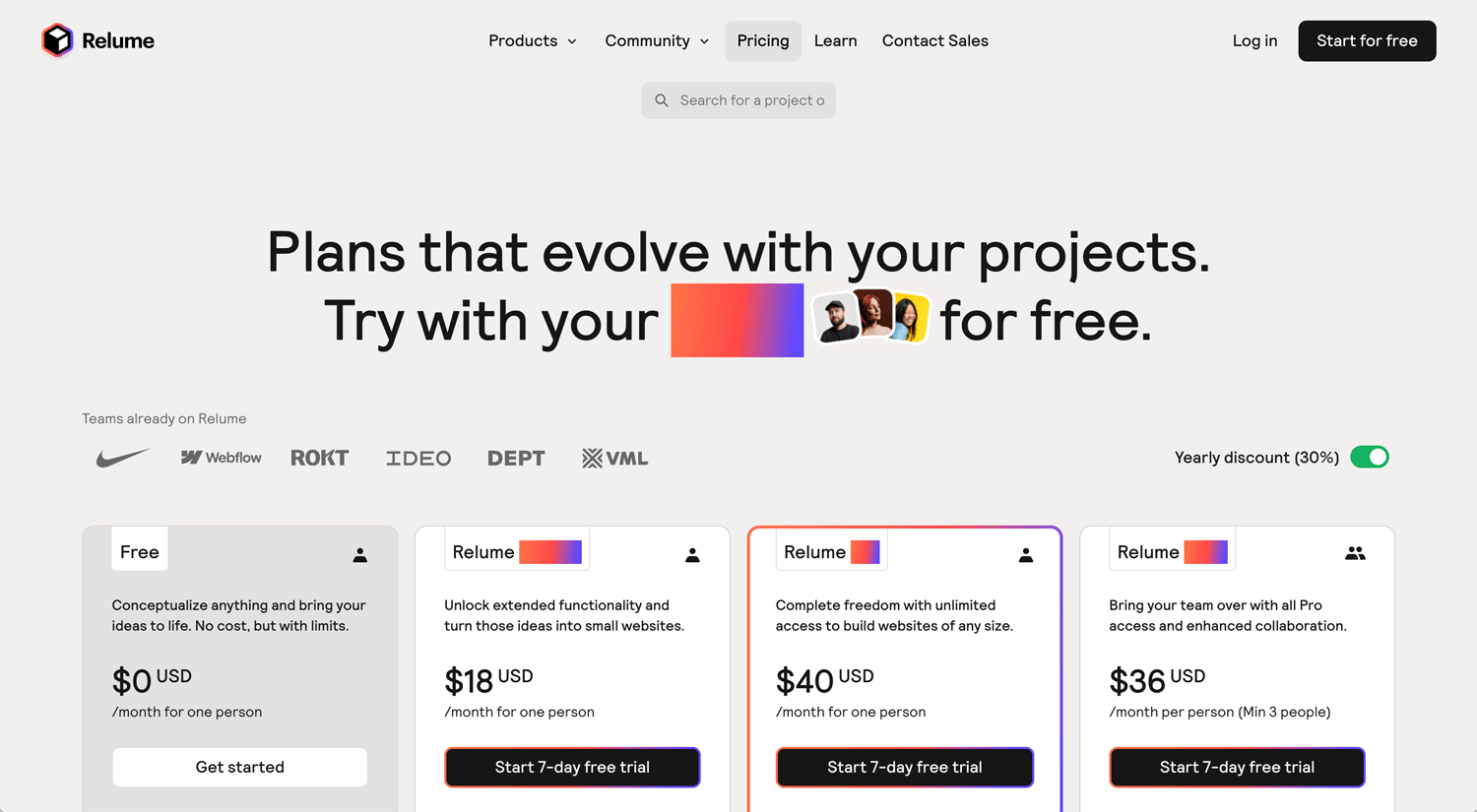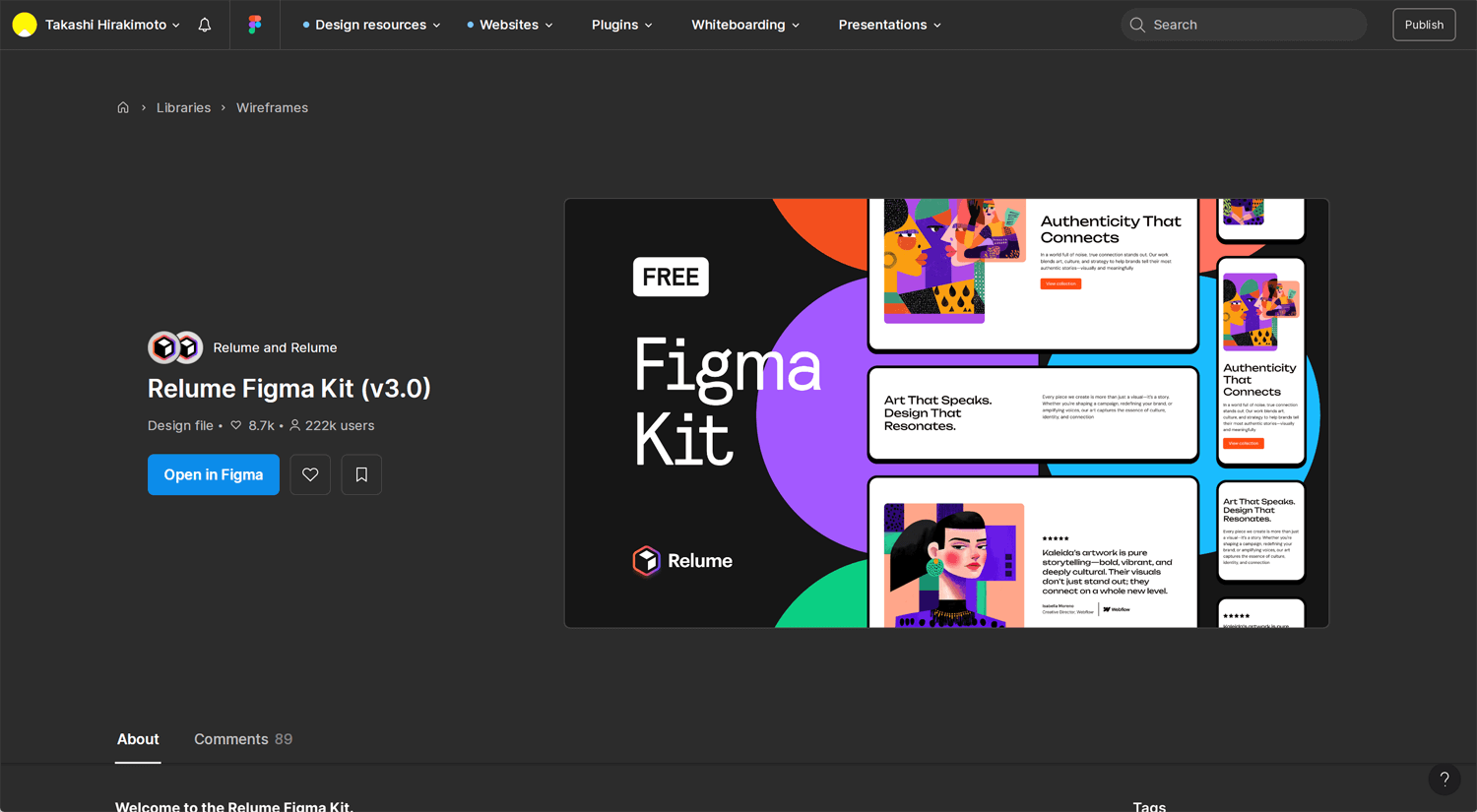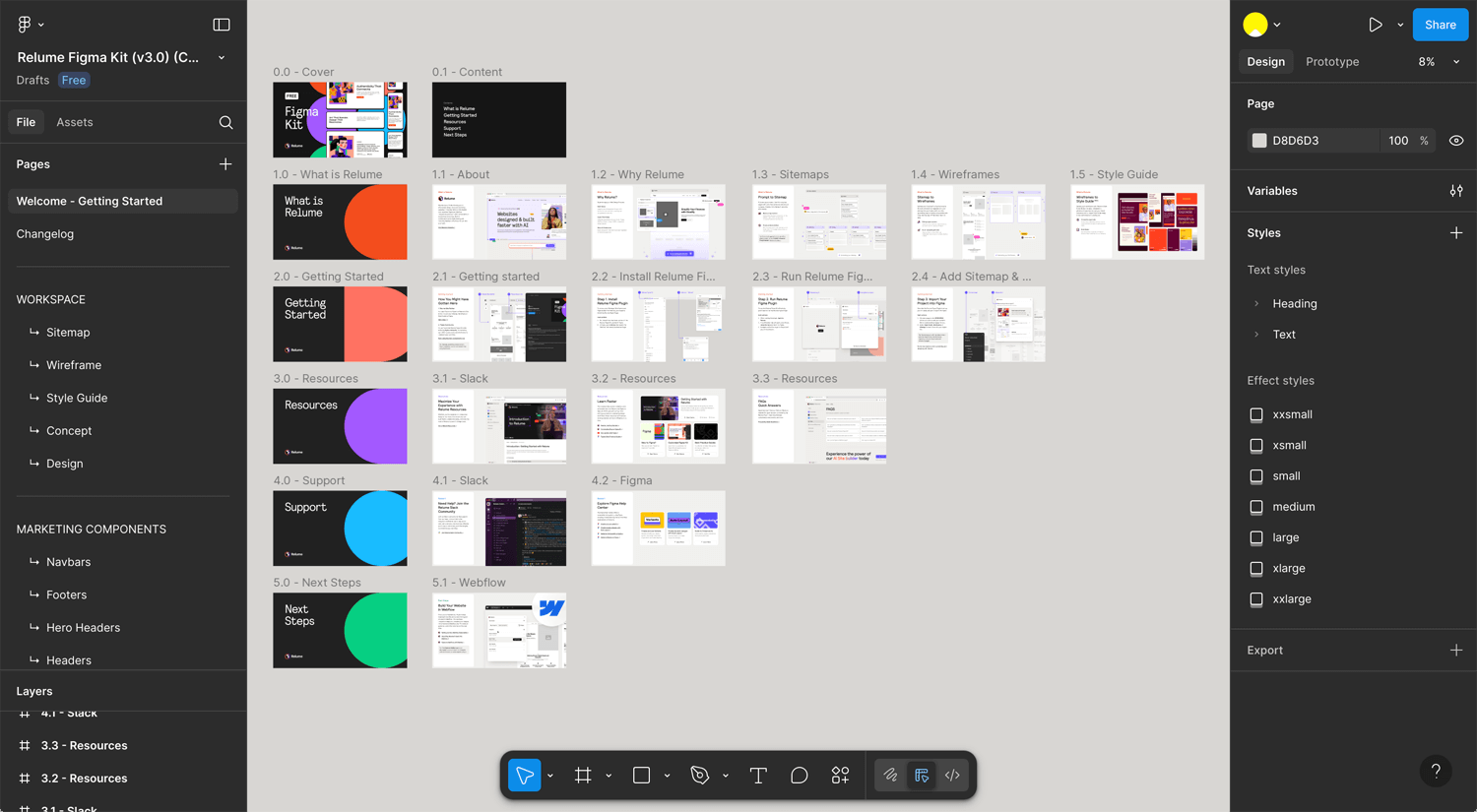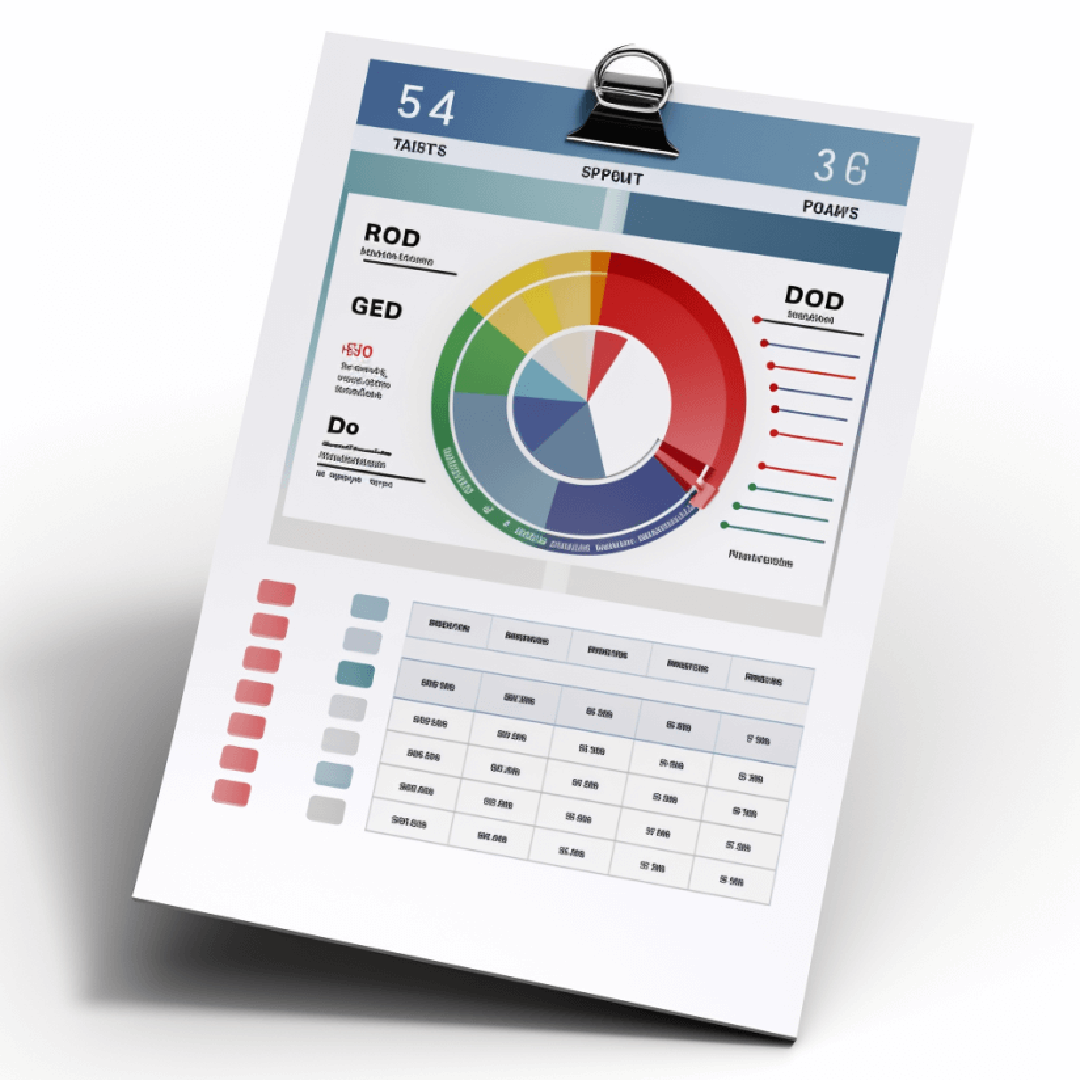Story: Prototype to Webflow
*Updated: May 12, 2025
It’s hard to believe how fast time flies. I wrote this blog two years ago, and since then, the AI world has changed everything—not just in tech, but across all industries. Companies are adapting to the AI era, and slowly, human jobs are being replaced. Naturally, people feel uneasy about it.
I’ve always kept an eye on trends. I try out AI tools that help me work more efficiently, but I avoid paying for subscriptions. I know the value of tools like Figma and Webflow because I use them daily. That’s why I didn’t subscribe to Relume back then. But now, I’m back to test how it’s improved.
AI Tools Are Everywhere Now
It’s been about half a year since ChatGPT exploded in popularity. Since then, new AI tools have been popping up almost every week. There are so many that it’s hard for most people to keep up.
Why Prototypes Matter in Web Design
Prototypes are super helpful when designing websites. They help turn ideas into something visual and interactive. With prototypes, you can test how users might interact with a design before building the real thing. This makes it easier to collect feedback early and make better decisions.
They also help catch problems before development starts, saving time and money. Prototypes give designers room to try new ideas without risk. On top of that, they help teams and clients stay on the same page by giving everyone something real to look at and talk about. In short, prototypes make the whole design process smoother and smarter.
What About Webflow and Relume?
As Webflow users, we can build things that feel a lot like prototypes right inside the platform. But many designers, including myself, often wonder: is it really worth starting from scratch every time?
That’s when I came across Ran from Flux on YouTube. He showed how Relume could make things easier. That caught my attention, so I decided to dive deeper into how Relume works and if it could help solve some of the problems I’ve faced in the design process.
What is Webflow?
🌎 Webflow: The Web Development Platform Of The Future
Webflow is created for a designer who is not good at programming. Once you master Webflow, you can develop an interactive website yourself.
Relume
©Relume
Relume is a small team of developers, designers and creatives on a mission to help web designers win in the era of no-code and generative AI. Originally formed as an agency, Relume has evolved into a product company that provides tools and resources used by thousands of Figma designers & Webflow developers.
Sitemap, wireframe, and prototype are able to shortcut. I assume that many designers have their own template and use it over and over again. We know that there are some common patterns in the website structure. Therefore, I could understand why Relume is possible.
I saw the demo on the Flux YouTube channel. I don’t know if he needs this tool. Because he is a master of web design. His unique website style may not fit the Rumine wireframe template even though it is customizable.
Signup with Relume (May 2025)
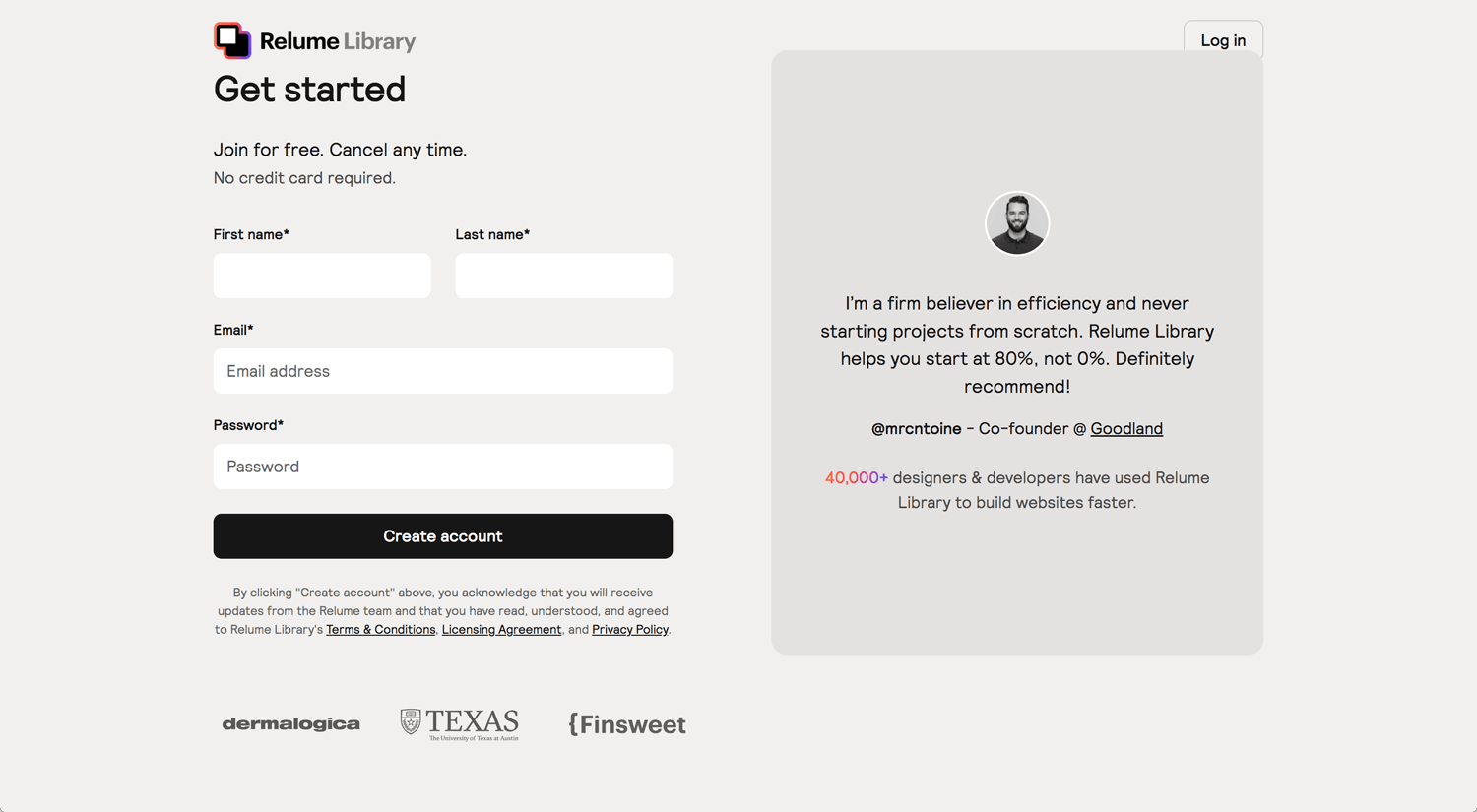
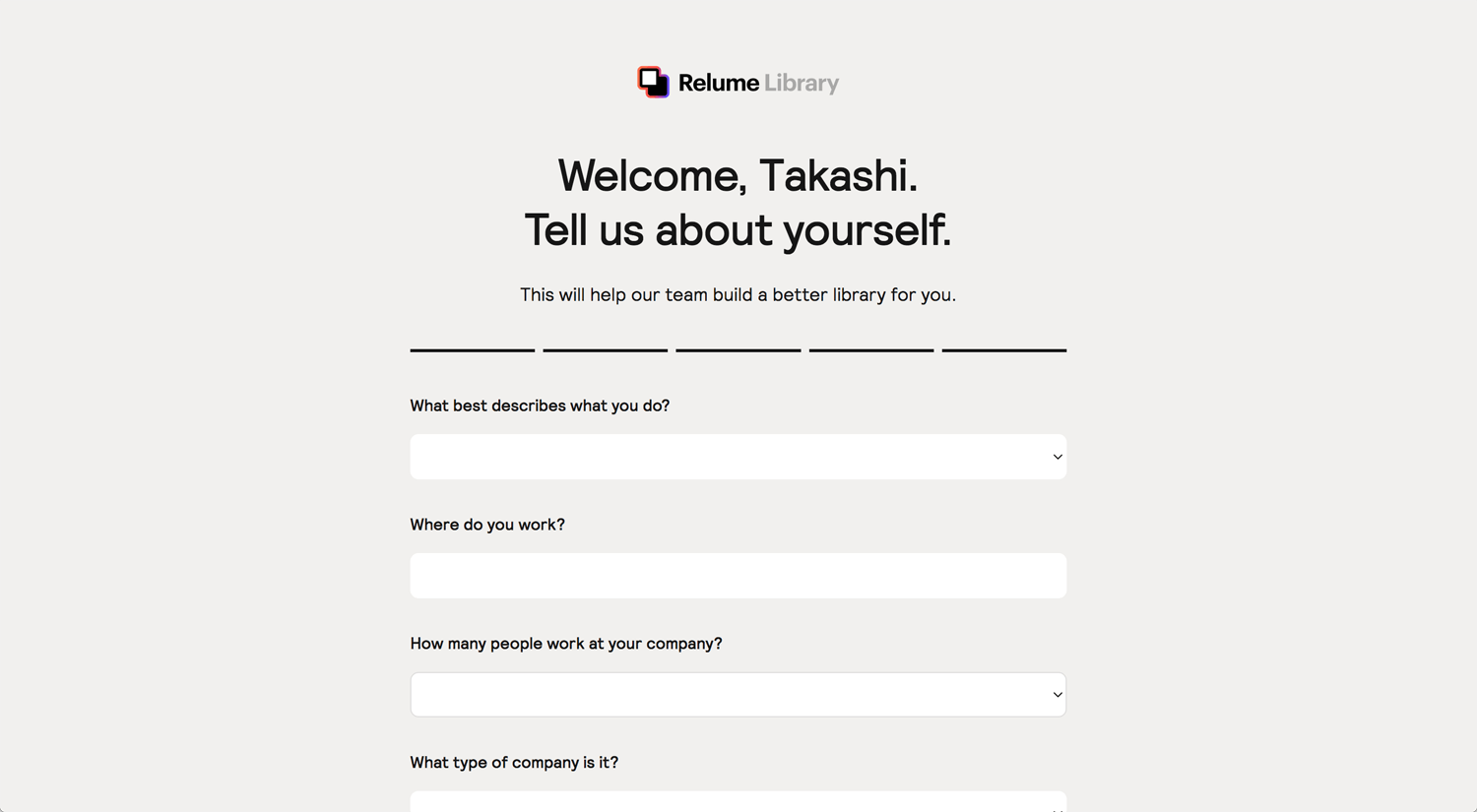
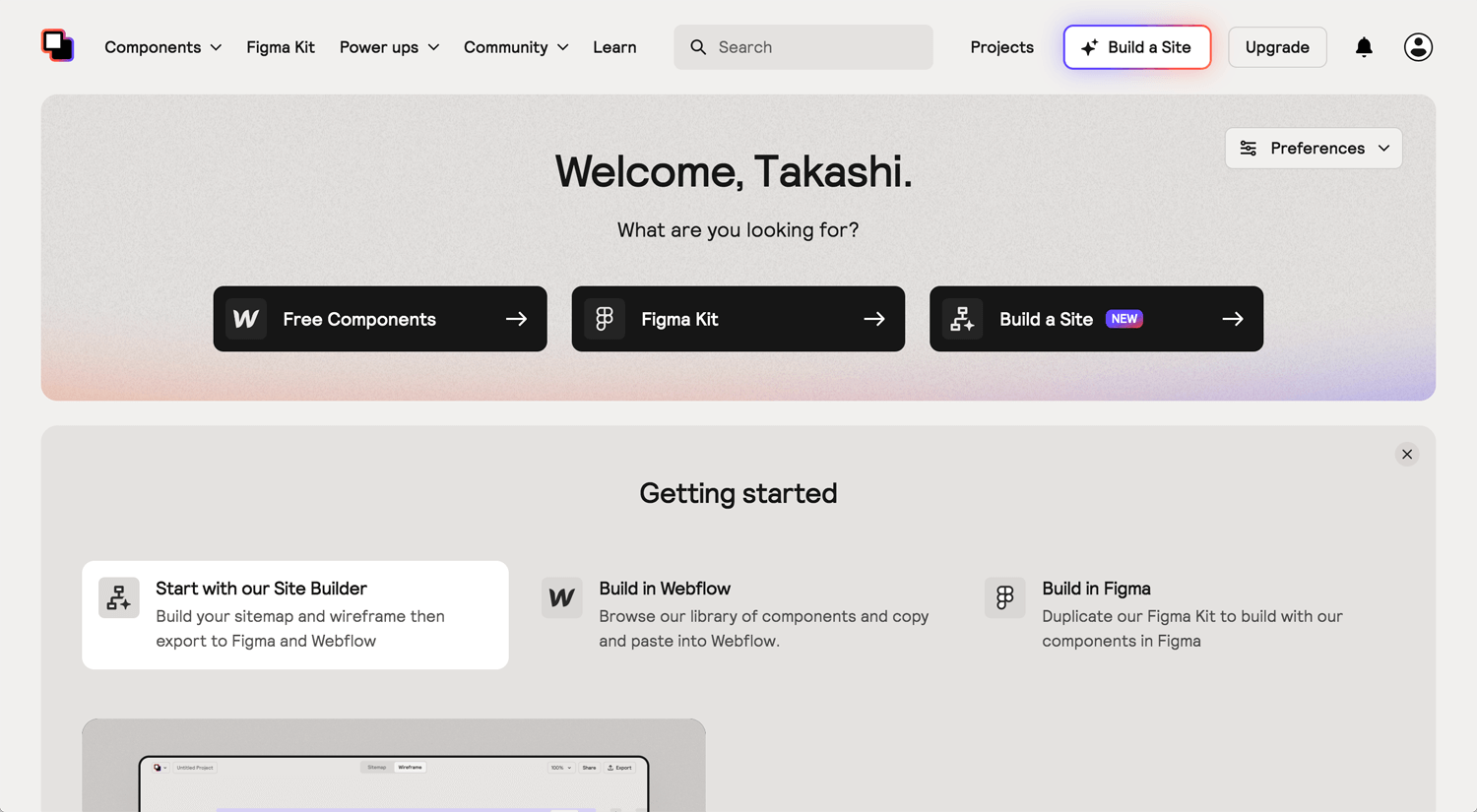
Email confirmation is notably missing from the process, which goes against the usual practice in modern systems. This leads to a question about whether Relume places more importance on gathering email addresses rather than ensuring the correctness of associated data. Noteworthy is the availability of a free account option in Relume, enabling users to try out the platform and get a firsthand understanding of its operations. This approach indicates a possible focus on user engagement and adoption, deviating from the traditional email verification process.
*Updated: May 12, 2025
The free plan only lets you create 1 page for 1 project—basically useless. The $18/month plan gives you 5 pages for just one project, which isn’t much better. If you’re serious about using Relume, your only real option is the $40/month plan. For comparison, Webflow CMS costs $23/month (with a yearly contract). Figma Full seat for professionals costs $16/month (with a yearly contract).
Sitemap, wireframe, or brand guidelines (new feature) are not a final product, just a process for website development. Honestly, I don’t understand why designers are paying for Relume.
Relume Library Figma Kit (v1.14 → v3.0)
Looking at the Figma file is good for study. People who share the Figma file are very logical and tidy leads a good sense.
*Updated: May 12, 205
I checked Figma, and the Relume Figma Kit is now at version 3.0. If you’ve been a web designer for a while, you probably have your own template by now. I always learn from other creators and keep updating mine. If you’re familiar with Figma, the Figma file might be all you need.
If you’re managing 10 or more website projects a month, a Relume subscription could be useful—but that’s not my case. For me, having a solid Figma template is more than enough.
Experiment with Relume
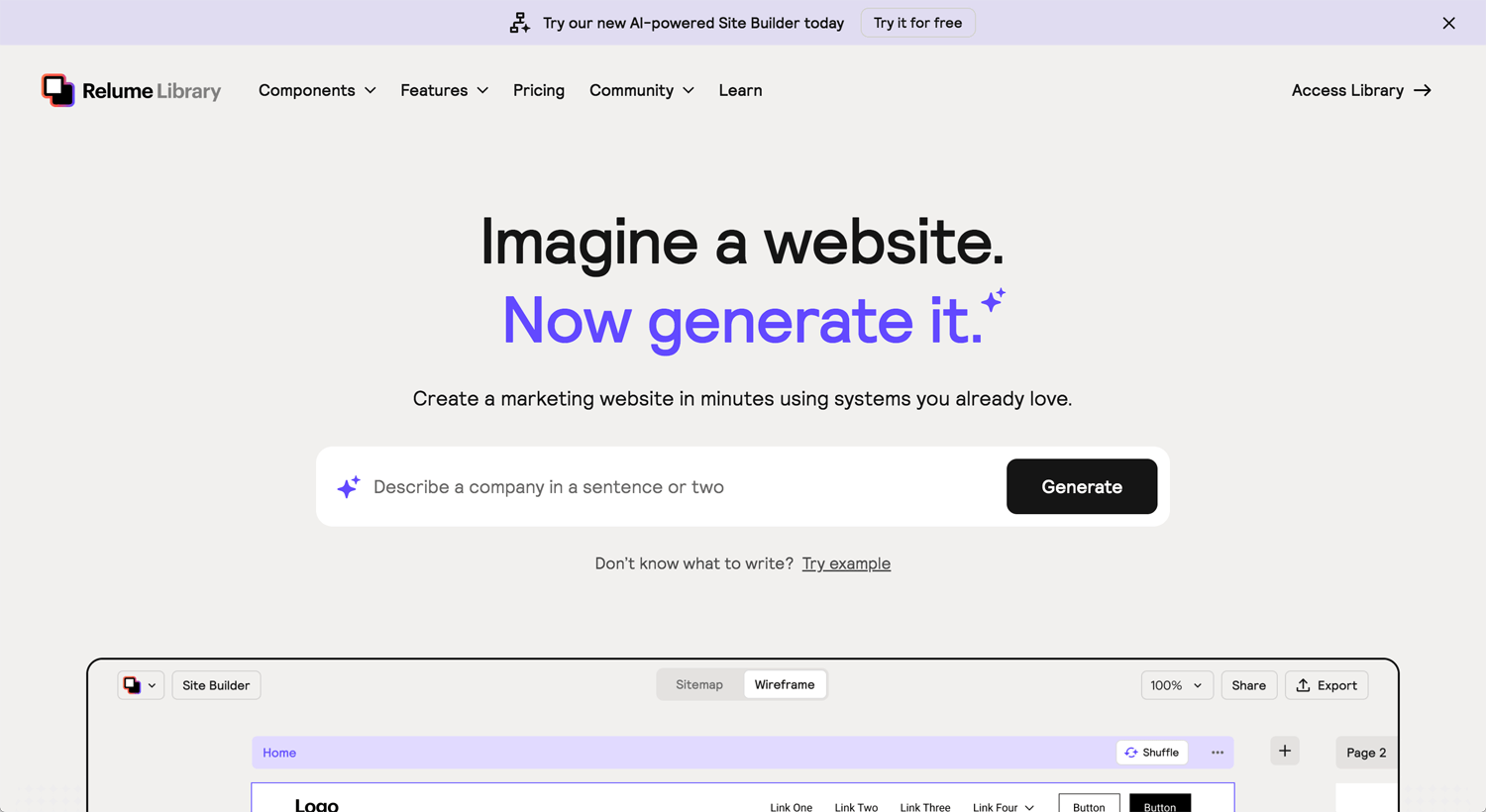
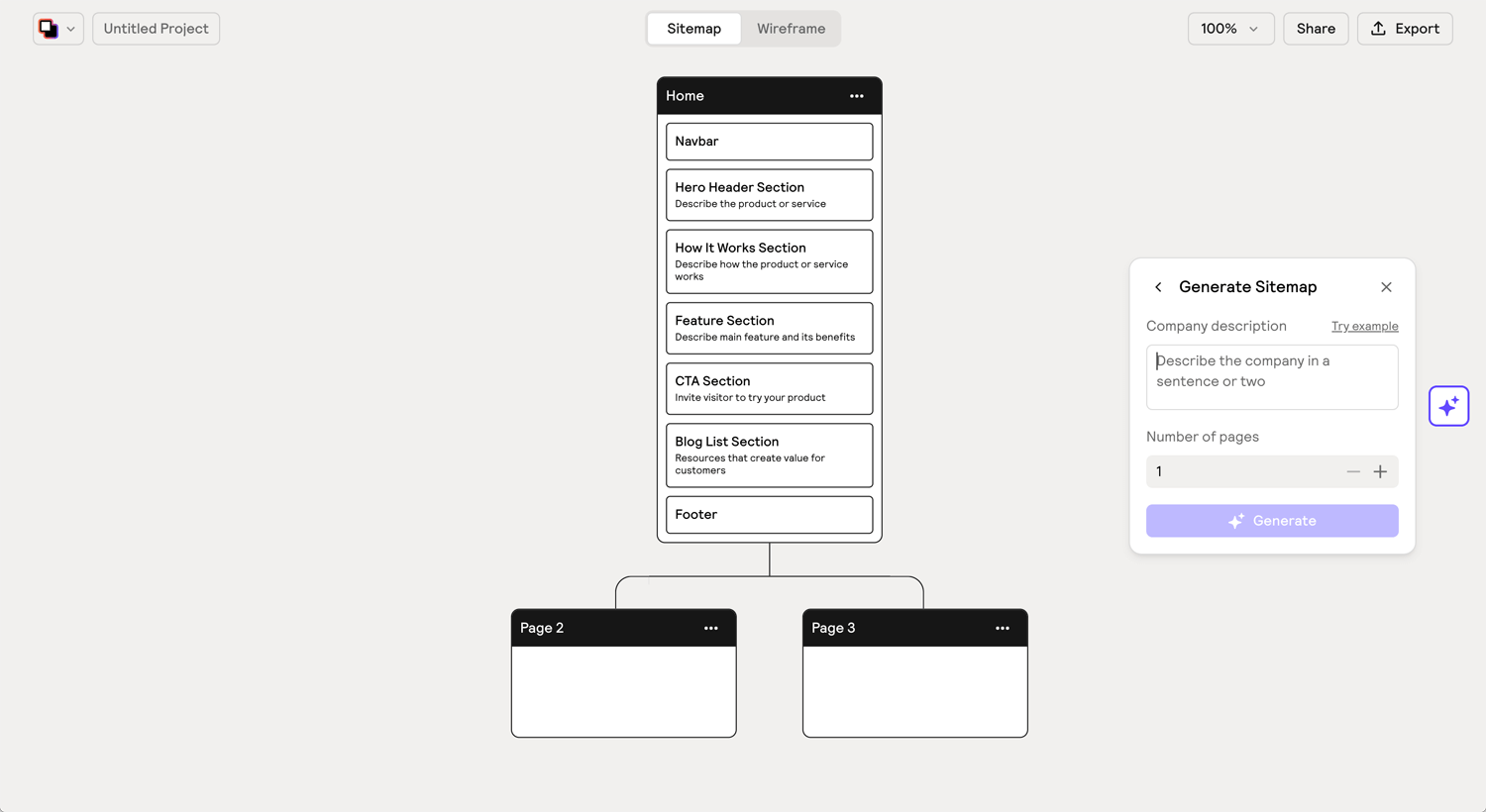
I mentioned that this website serves as a landing page for a real estate project. The sitemap generated by Relume is displayed above. It’s common for people to misuse a landing page. It’s important to note that a landing page is not the same as a home page. A landing page is a single-page website focused on showcasing one specific offer. It typically lacks a navigation menu and is designed to encourage one specific marketing action.
The site map is not bad, but I don’t think Relume understands the landing page. Because Relume generated a blog section.

I modified it. It was quite intuitive and not difficult.
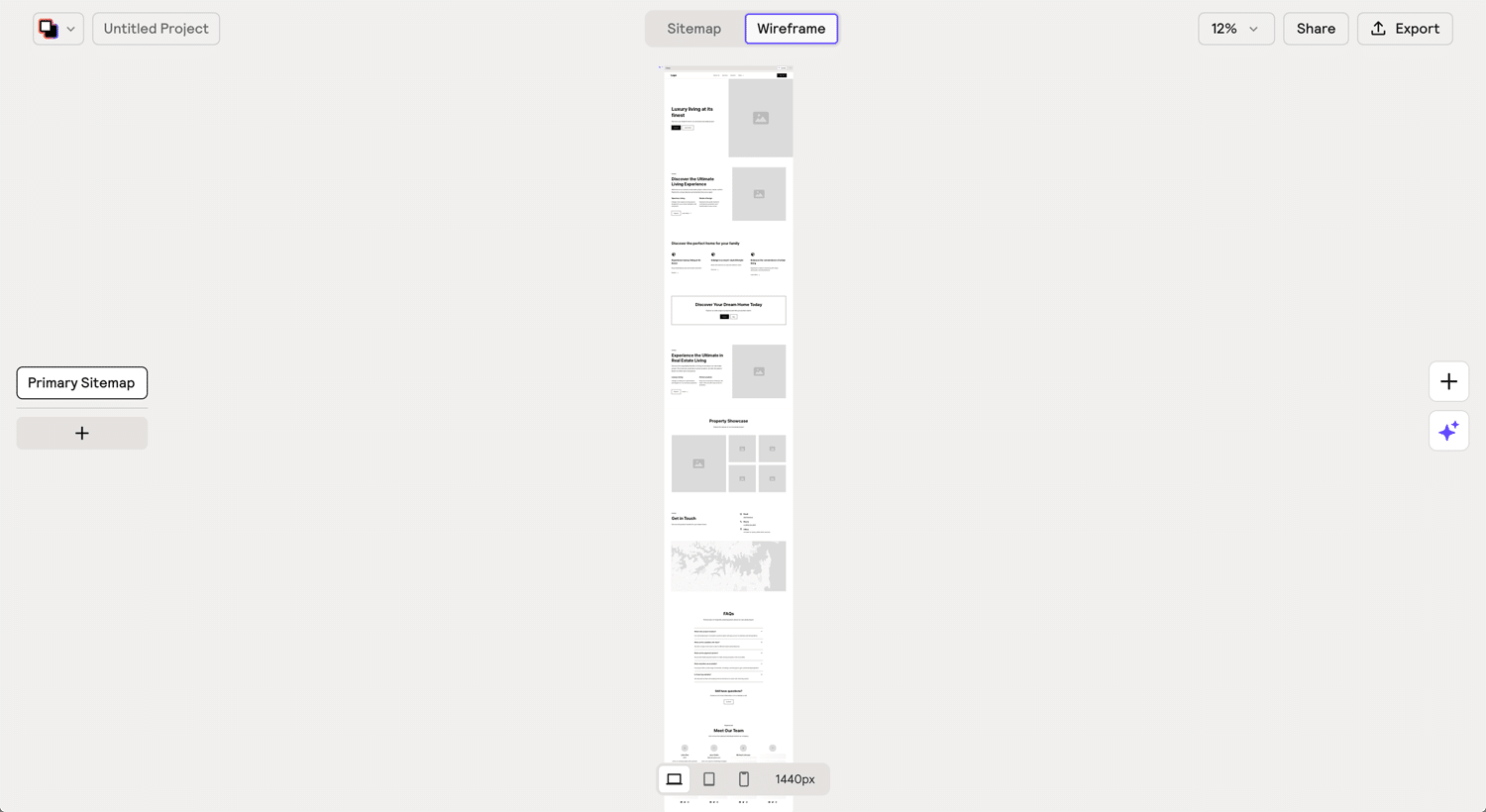
I made some modifications to it. The process was quite intuitive and not challenging. When I click the ‘wireframe’ button, the sitemap transforms into a wireframe. It’s rather enjoyable. The AI generates the copy.

I attempted to modify the navigation, but I couldn’t. Essentially, users select the elements closest to what they want on the wireframe. They can then export it to Figma or Webflow and make further edits.
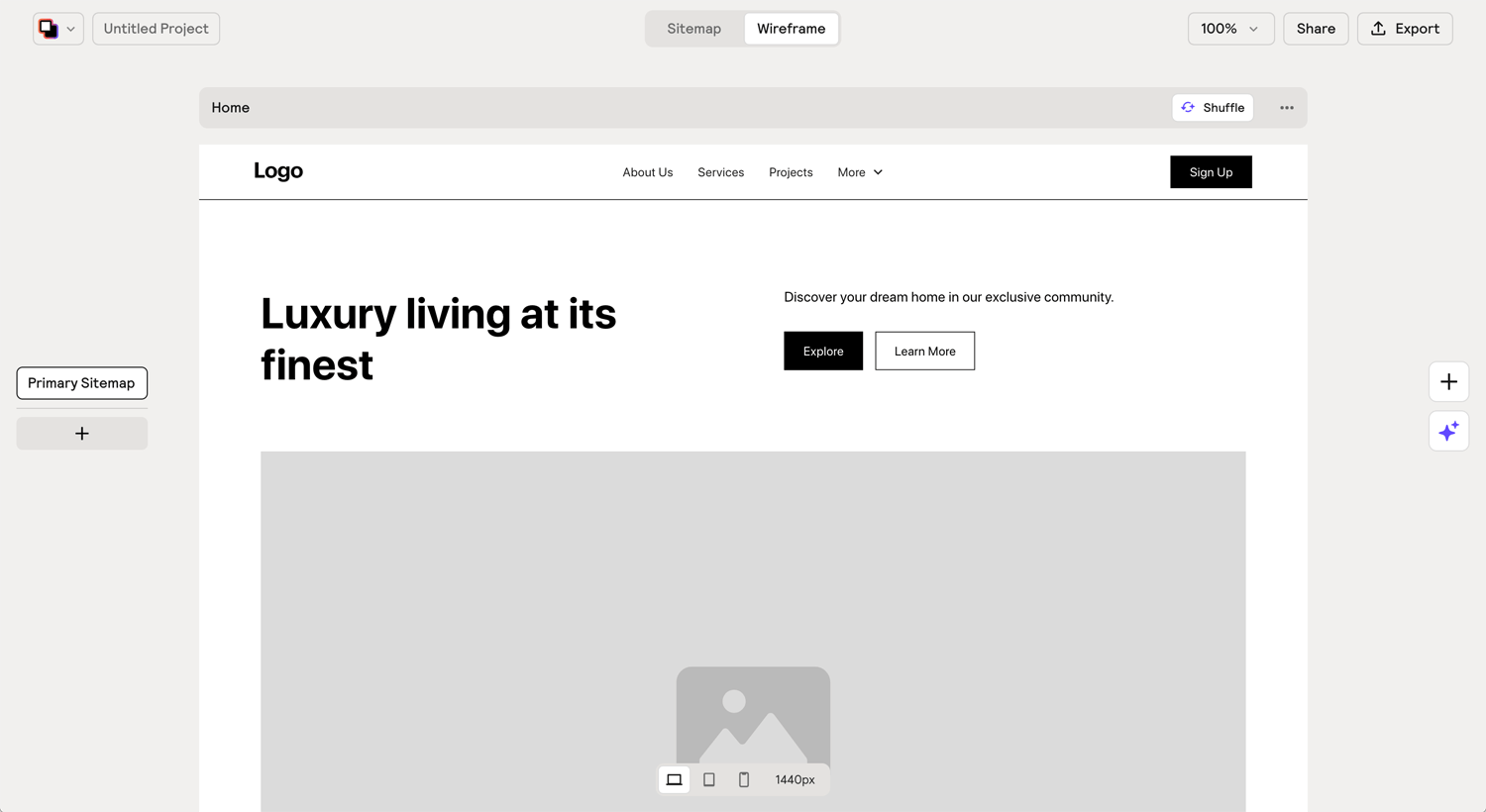
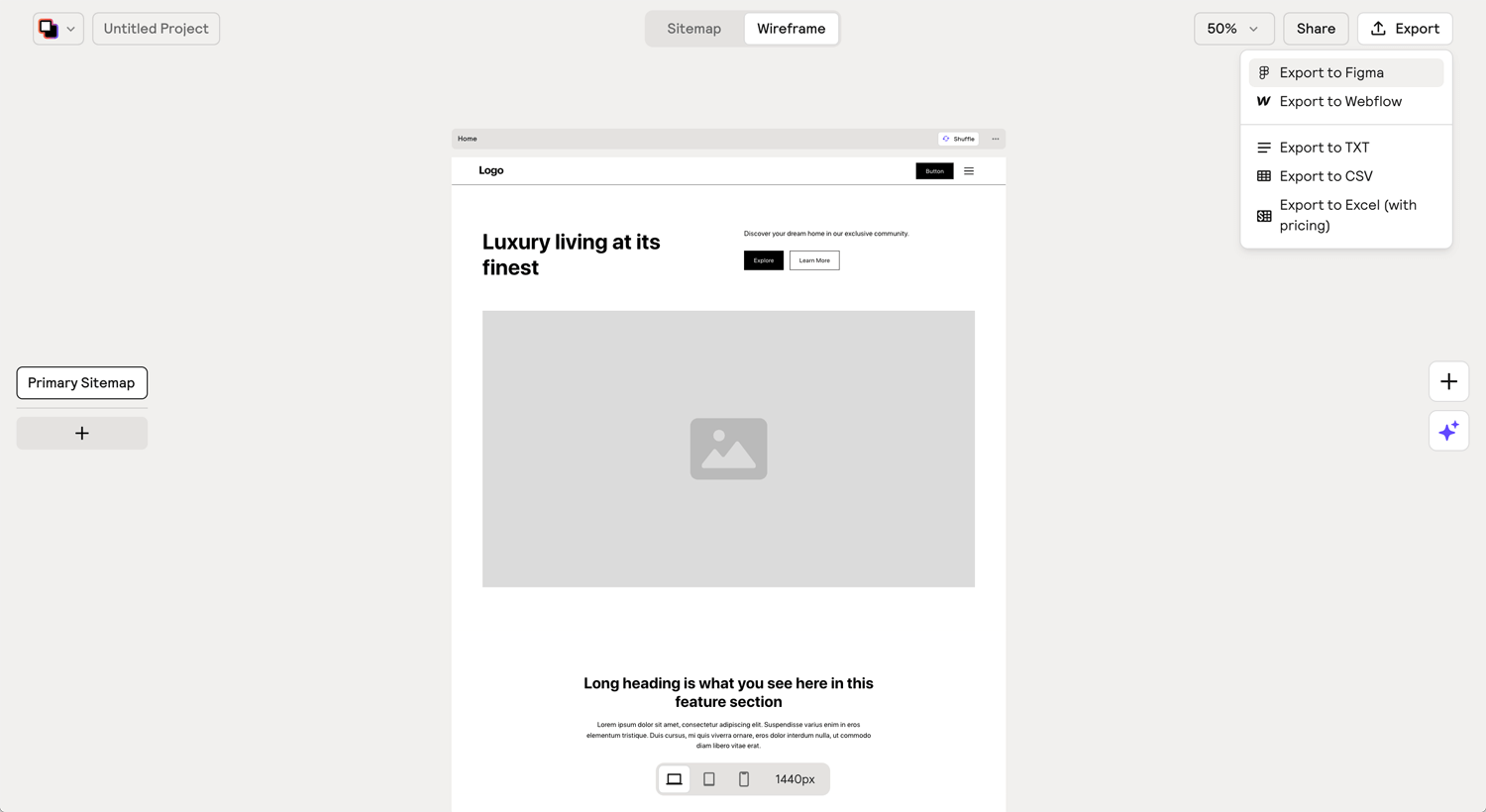
I attempted to export the wireframe to Figma. During the process, Relume prompted me for a login and presented several steps. I can’t recall the specifics of each page, but I proceeded by clicking ‘continue’ without recalling the details.
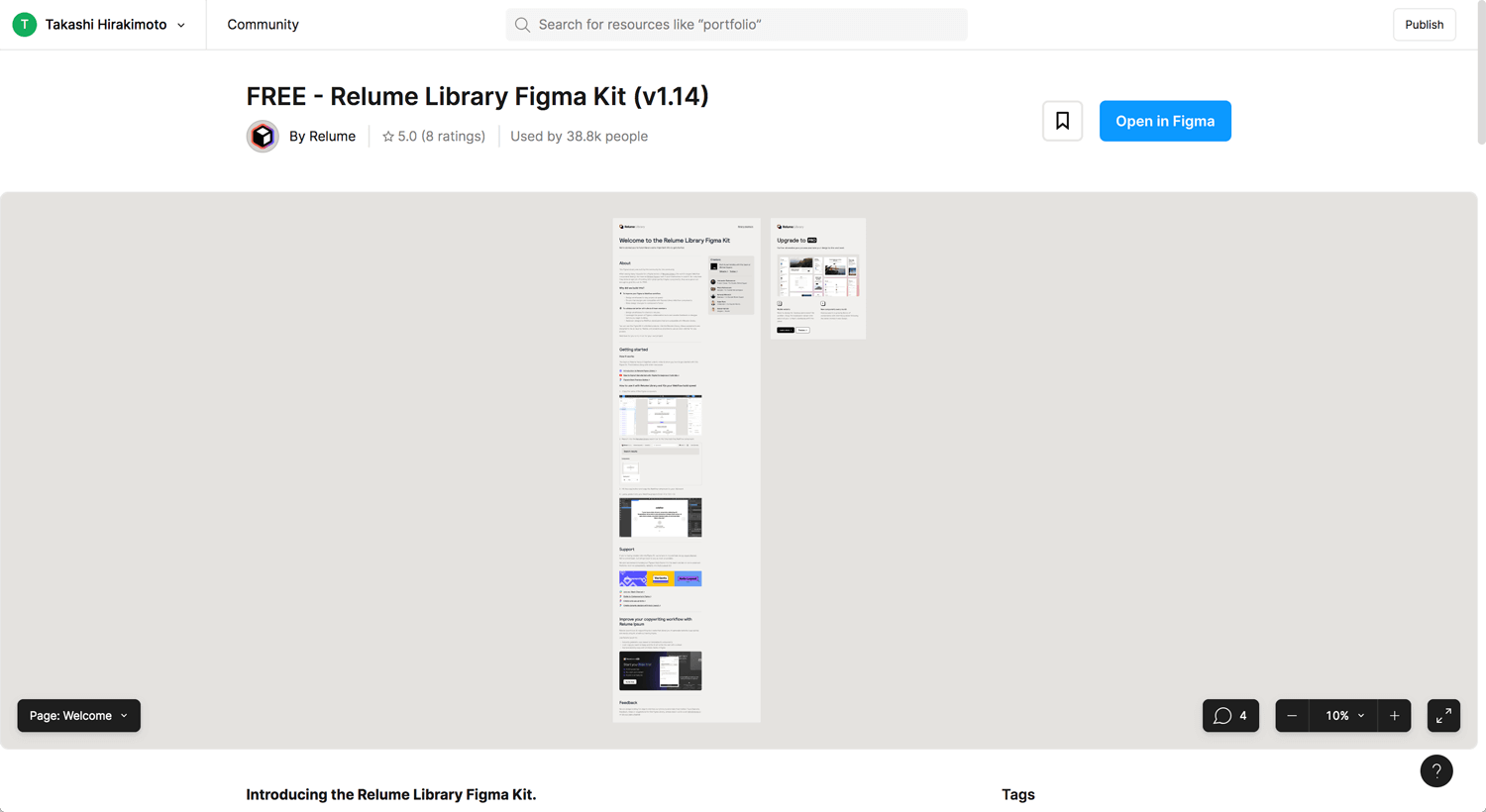
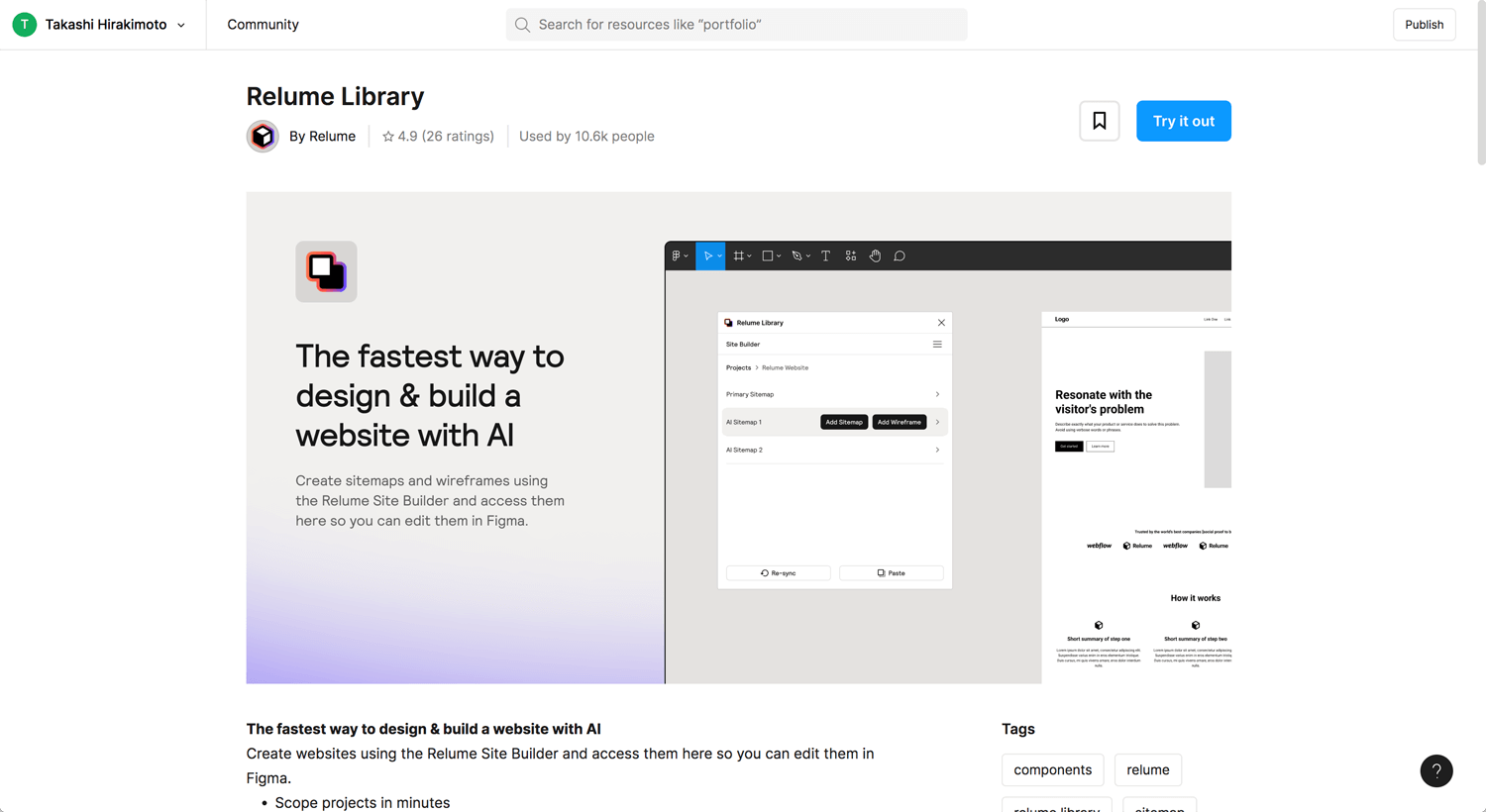
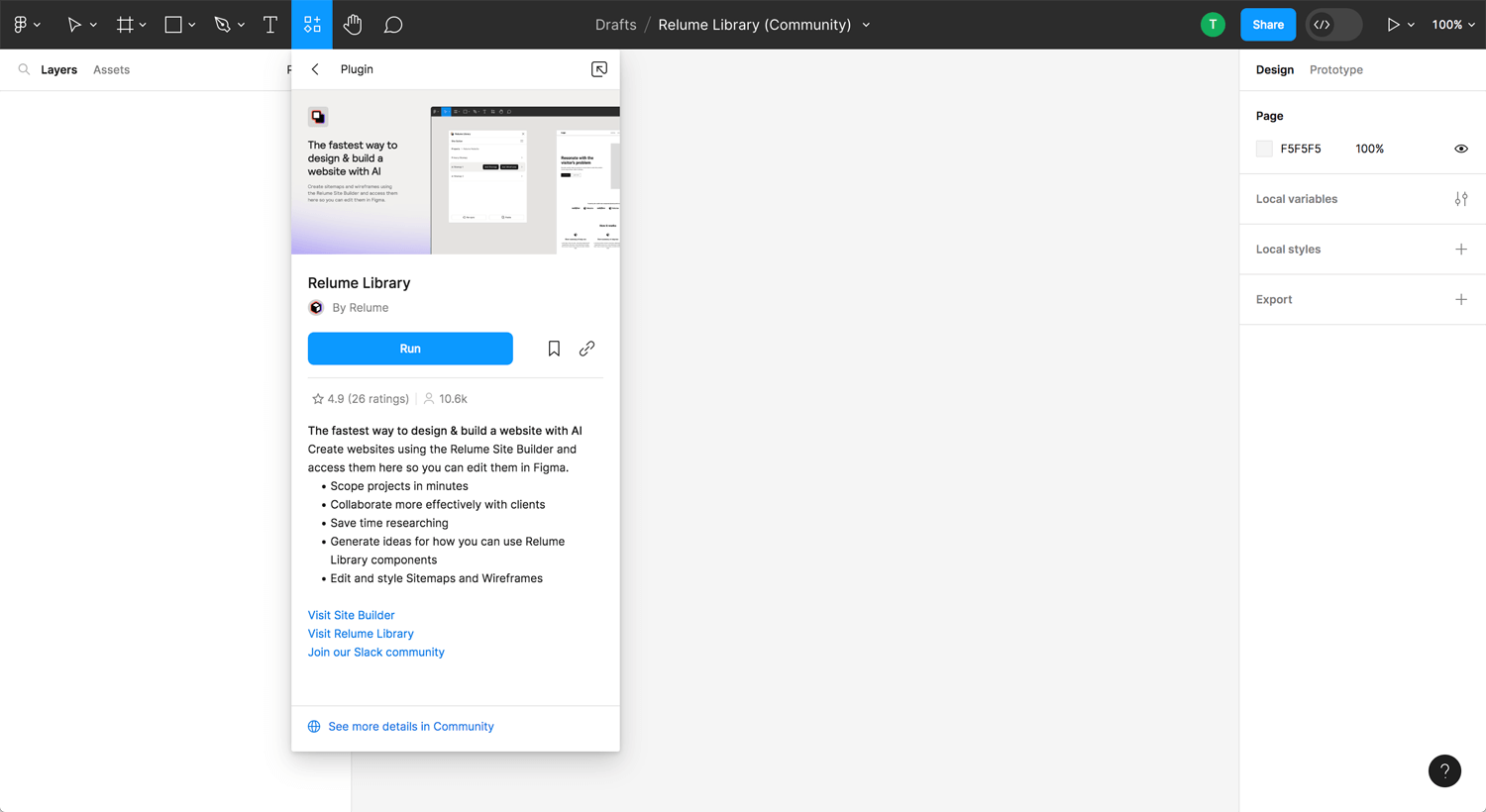
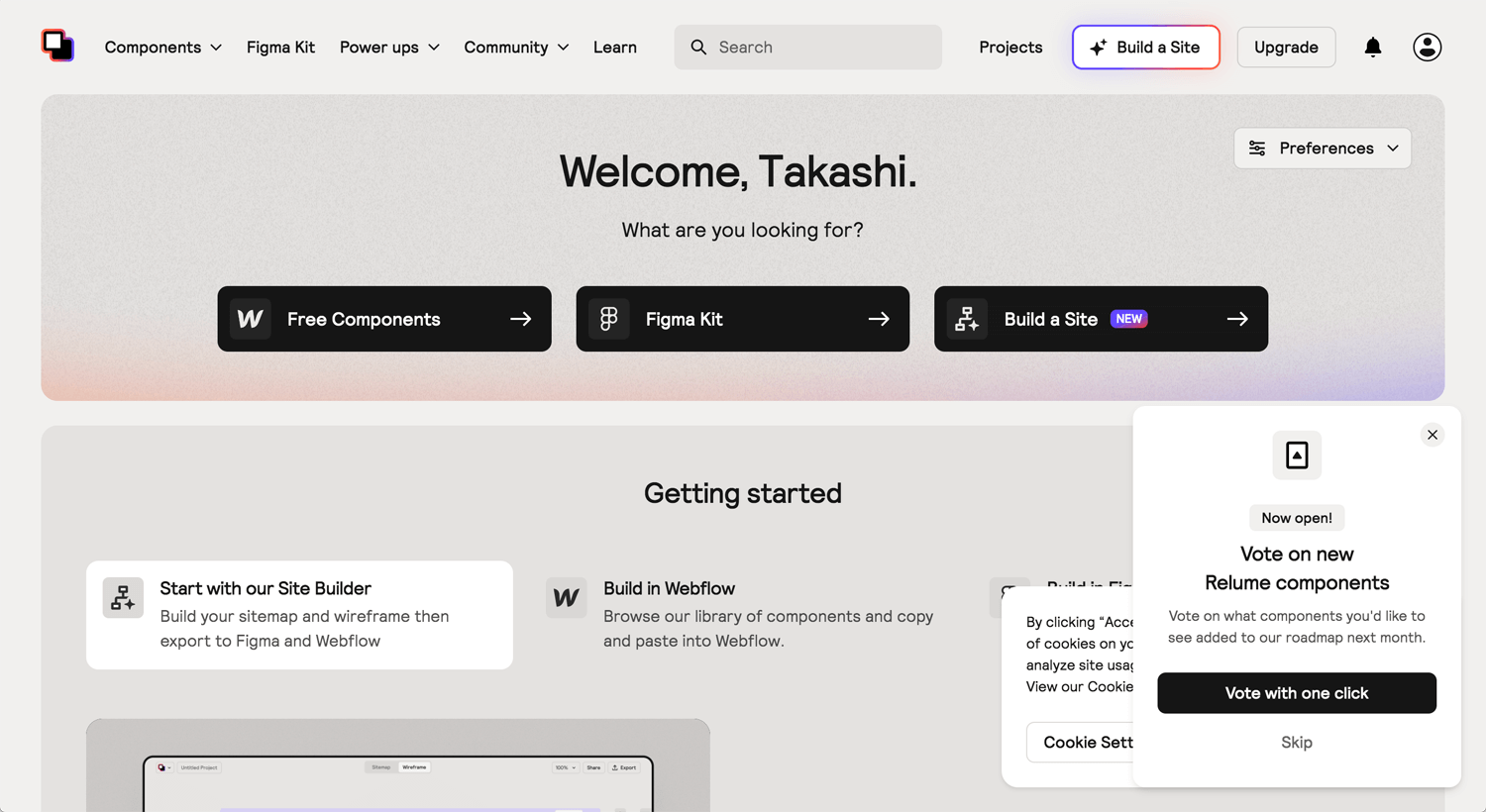
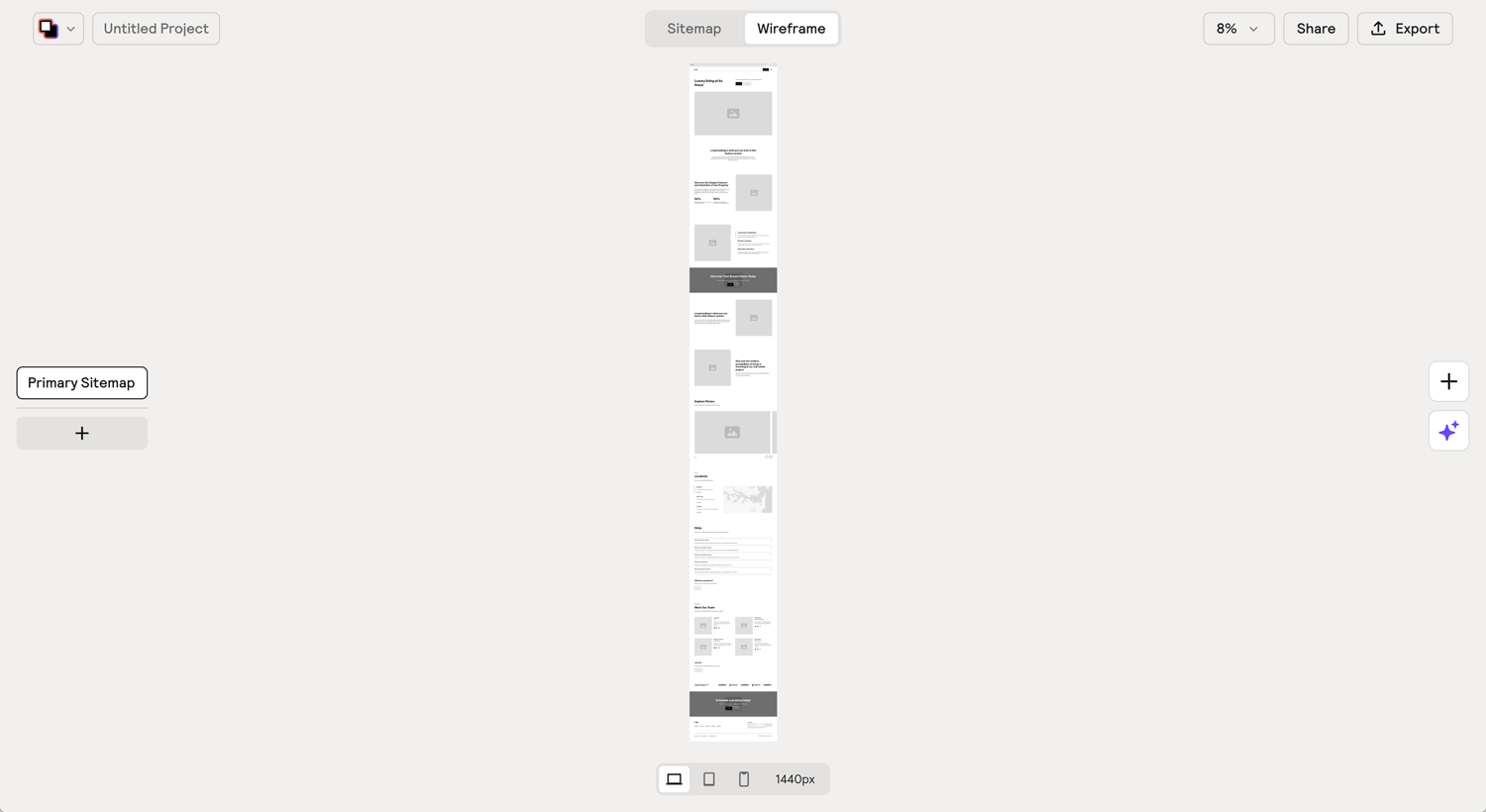

In the end, Relume demands an upgrade to the plan for wireframe transfer to Figma, but there’s no pricing page available. According to Google, Relume costs $32 per month, or $384 per year, with possible discounts. This seems excessive when compared to the $23 per month for the Webflow CMS plan. Why should I pay more than the Webflow price?
Conclusion: I don’t subscribe right now
It’s always a good idea to explore new tools. I get the sense that Relume might be positioning itself to be acquired by Webflow. I’m not sure if $40/month is reasonable compared to other tools. As I mentioned, Relume isn’t a final product development tool—it’s just part of the process. I might consider it if it were priced at $10–$15, but $40 ($480/year) feels too high.
I’m hopeful that Webflow will launch its own AI tools soon. In fact, it looks like they’ve been hinting at something, and we might see a release this fall.
By the way, I’ve noticed many comparison videos between Webflow and Framer on YouTube. Webflow isn’t for everyone; it’s best suited for web designers who don’t have programming skills, like me. I’m planning to give Framer a try soon. Let’s keep learning!
